
- On 07/05/2023
- In Blogs Travel Tips
- Tags:
Glorious Bali Island
Extracted from bali.com
🇮🇩 Lazy coconut trees, long sand beaches, crystalline blue waters, lush rainforests, sleepy volcanoes, vibrant green rice terraces, fiery orange sunset...
There are more than 80 nationalities can obtain a Visa on Arrival (at the airport or online). ASEAN countries don't need a visa. All other travellers still need a Visitor Visa B211A applied before arrival.
Knowing a few facts about Bali before arriving can really make a difference, especially when arriving for the first time. Bali’s seasoned visitors, on the other hand, expect to learn something new each time they visit, whether it is a new area, a new place to stay, or a new way to make their trip more enjoyable.
Bali has been undergoing constant change and transformation. And, like the rest of Indonesia, it faces the same challenges and opportunities as any other developing country. Although Bali is fairly safe and easy to travel, a lot of things simply might not work the way you are used to.

Book your Hotel, Resort or Villa in Bali
Travellers can stay in the heart of Bali’s lively social scene or escape to one of the island’s many boutique hotels, tranquil private villas, or vacation rental properties. Backpackers on a tight budget can enjoy clean, relaxing accommodations, while those who want to live like royalty can do so at a very reasonable price. Before you book it’s absolutely crucial for your travel planning, that you know a little bit about the different destinations in Bali.
- Canggu & Berawa: The best mix of all that Bali has to offer
- Seminyak & Petitenget: Luxury Villas, amazing choices of restaurants, bars and nightlife
- Kuta & Tuban: Bali's party place for the young and wild
- Nusa Dua & Benoa: International 5-star Resorts and golf courses for the luxury traveler
- Legian: Good mix of family friendly and going-out options
- Ubud: Bali's cultural center. Blend of art, spirituality, lifestyle, and culinary delights.
- Sanur: Quiet beaches, family friendly, beautiful restaurants and hotels
- Uluwatu & Pecatu: Amazing Coastline. Home to Luxury and Budget Travelers
- Ungasan & Kutuh: Most southern coast of Bali. Cliffs and stunning nature.
- Jimbaran & Kedonganan: Family-friendly beach resorts and best seafood on the beach
- Amed & Tulamben: Quiet villages with some of the best diving and snorkeling spots
- Nusa Islands: Remote islands near Bali for diving and natural landscapes
- Lombok: Neighboring island to escape Bali for outstanding resorts and surf spots
- Gili Islands: Full moon parties and snorkeling off the coast of Lombok

There is a wide range of accommodation options in Bali, from basic guesthouses (known as Losmen) run by friendly Balinese families to five-star beach resorts and privately serviced villas. When compared to other Southeast Asian countries, Bali’s accommodations are among the most affordable in the region while still offering the highest level of service.

Bali Culture Guide. Unique Expression of Hinduism
Balinese culture is deeply rooted in mystery and history. Everyone has a past that has made them who they are today. People’s personalities and ways of thinking are shaped by how they were raised and what happened to them in their lives. The same rule applies to Bali. The islands history shapes everything about it, from its land, to its culture to its food.
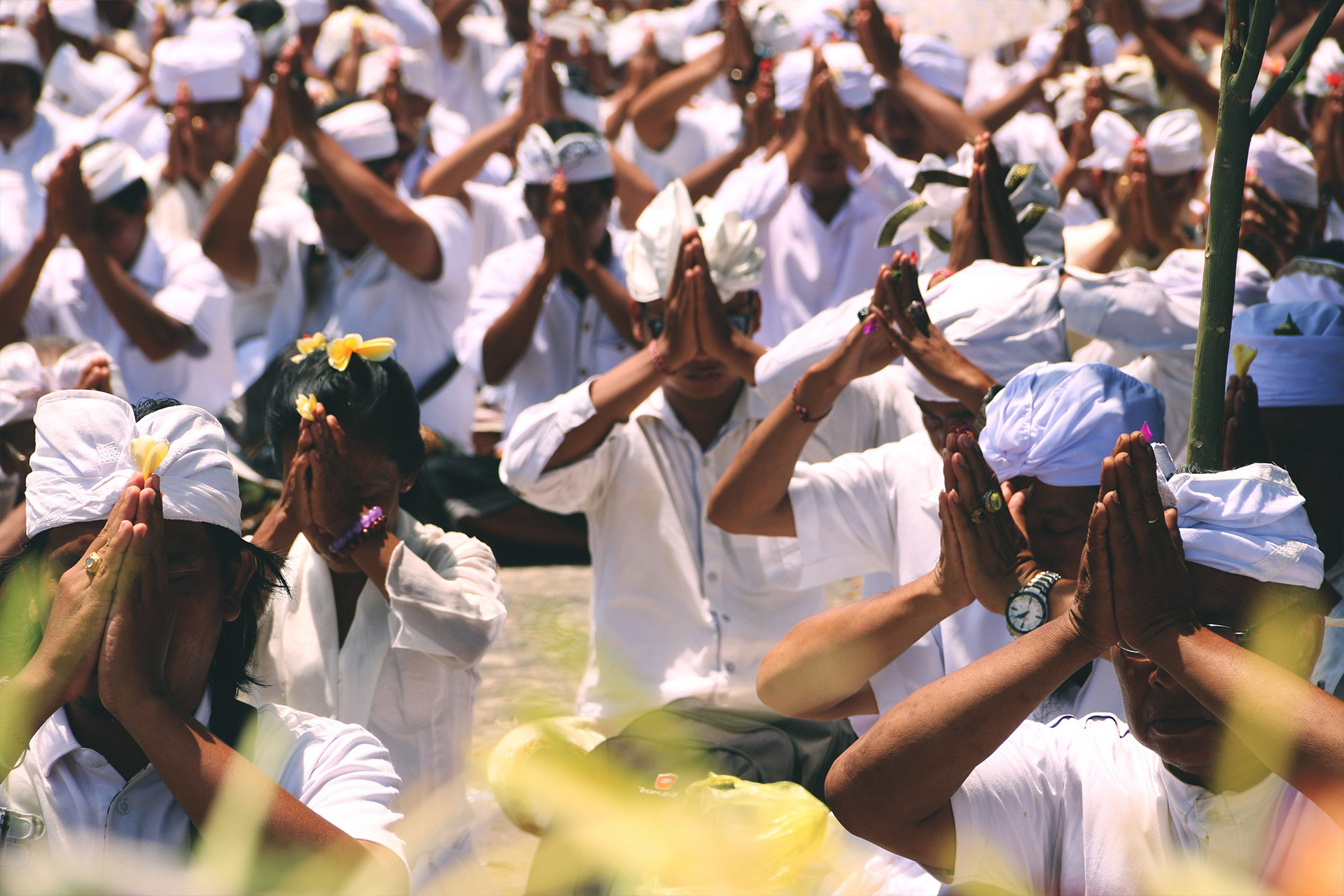
If you trace Bali’s lineage, you’ll discover that the island’s population are largely descendants of migrants who arrived in the first century CE (mostly Indians, Chinese, and Javanese) and laid the groundwork for Hinduism and Javanese culture by bringing their own customs and beliefs.
Travel experiences are enhanced by cultural understanding! As the years pass, Balinese have continued in many ways to honor and respect their ancestors and the spirit world. They do everything they can, from praying to their gods to wearing ceremonial garb and leaving offerings (Canang Sari) for the gods, to maintain harmony.

Explore Bali's Culture
- Temples: Bali is called the island of a thousand temples.
- Traditional Dances: An important and still relevant aspect of Bali's vibrant culture and traditions
- Balinese Cremation: A Journey into the Afterlife
- Arts & Handicrafts: Painting, Jewelry, wood & stone carving, furniture & decoration
- Balinese Hinduism: Balinese Hinduism is practiced by more than 80% of the population
- Balinese History & People: The historical background of Bali is very interesting since it is the last remaining Hindu Island in Indonesia
- Bali Kites: Protectors in the Sky
- The Balian Healer: Connecting with the mysticism of Bali's culture
- Balinese Architecture: Palaces, Temples (pura) and traditional domestic houses are built on the principles of a sacred area.
- Balinese Names: Want to know why you meet so many Wayans and Mades?
- Balinese Calendar: Hindu and Javanese Heritage. The moon dominates all aspects
- Nyepi - Balinese New Year: The day of Total Silence. Mystical.
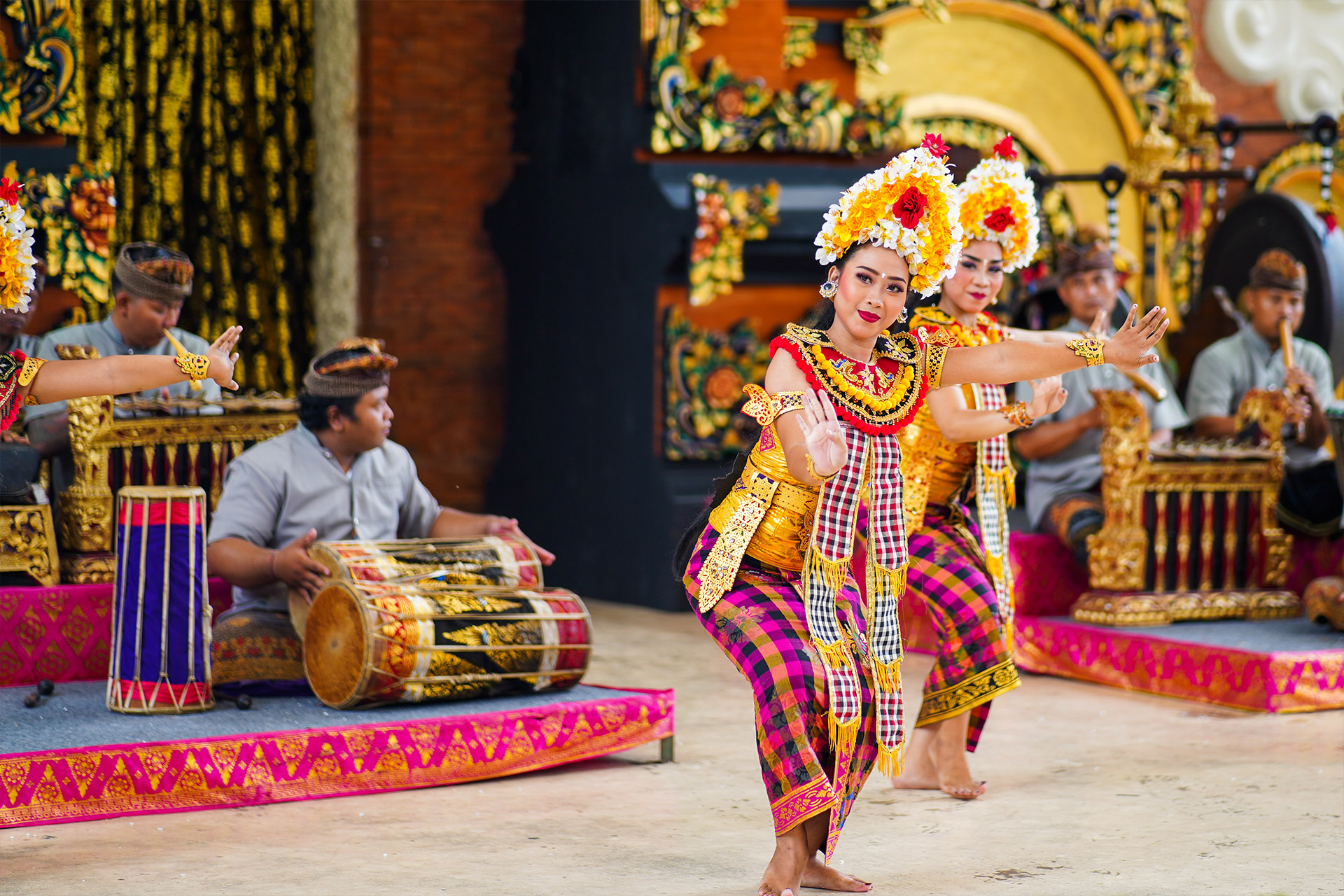
How to get around in Bali
Transportation Transportation Transportation! This is one of the most important part of your trip planning, because there is no public transportation system and each area in Bali is different.
How do I get from A to B in Bali, is a question that is often overlooked. How you get around can make or break a trip. How to get from the hotel to the beach, restaurants, and shops, as well as how to get to the sights and attractions. In Bali, it’s easy to misjudge how far you can walk, and if you don’t choose your base wisely, you could end up walking for a long time in the tropical heat. How you will get around will depend on a few things, like where you want to go, how much money you have, how well you can ride a motorized scooter, and even what time of day or night you need to get somewhere.

Best options to get around in Bali
1. Rent a Scooter or Motorbike – if you can handle it
You should definitely consider renting a scooter or motorcycle while in Bali. It’s fun, cheap, and gives you plenty of freedom to visit the nearby restaurants, beaches, shops, and other places at your own pace. Another easy idea is to circle the island while carrying enough gear for a few days in your backpack. Even if it costs a few dollars more, avoid renting from one of the many “hole-in-the-wall” shops. It’s important to rent from a business with a good track record, the newest models, insurance, safety measures, and good service.
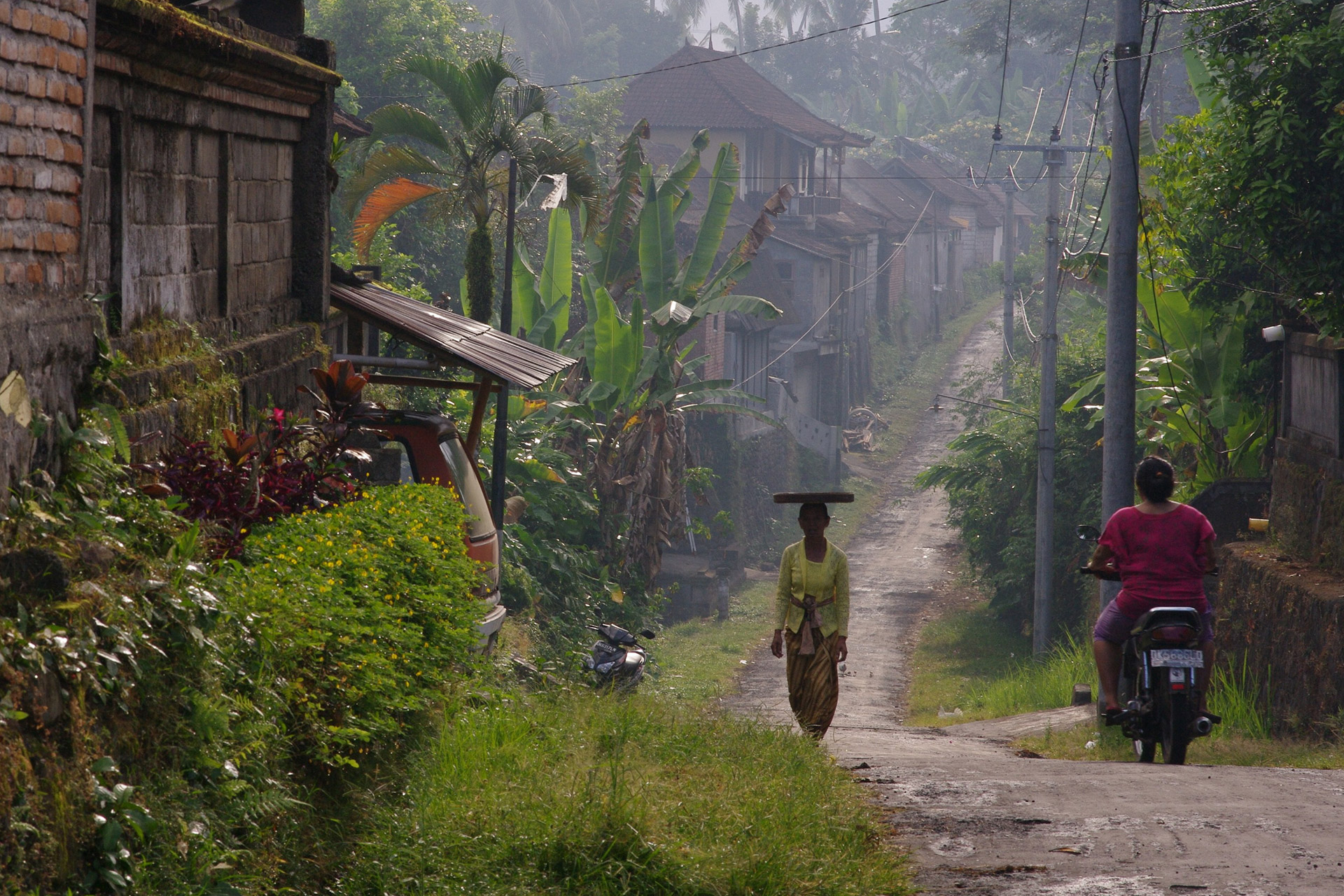
2. Private drivers with cars – rent for a drop-off or the whole day
Hire a car with a driver for half or full day is a great option to go for little and big sightseeing tours. Half-Day and Full Day Rental Online: You can discuss with the driver were to go, they usually know nice places, or you know already where to go, or you can choose some of the curated tours here online. On Bali, there are lots of drivers who are ready to help you and take you also for short distances – like a taxi. Most of the time, you can’t miss them. Especially in popular places like Ubud, Sanur, Seminyak, etc., you will be asked a lot if you need “Transport” just by walking around.
3. Transportation Apps
GoJek and Grab for Scooter taxis and Cars – the most liked and super practical transportation apps. There are two great apps that let you rent cars and motorbike-taxis online. The prices are clear, and the service is great. Local drivers in Ubud and Sanur provide good service for a fair price.
4. Taxis in Bali
Bluebird is the most reliable taxi company with metered cars. We suggest you only use them if you choose a metered taxi. You can stop them on the road, or these days, you can use the GOJEK app (GO-CAR) to order one. Taxis are easy to find in tourist areas, but they can be hard to find in remote areas. When that happens, you should have your GOJEK app ready and order a Go-CAR or ask the hotel front desk to call you a Blue Bird Taxi.
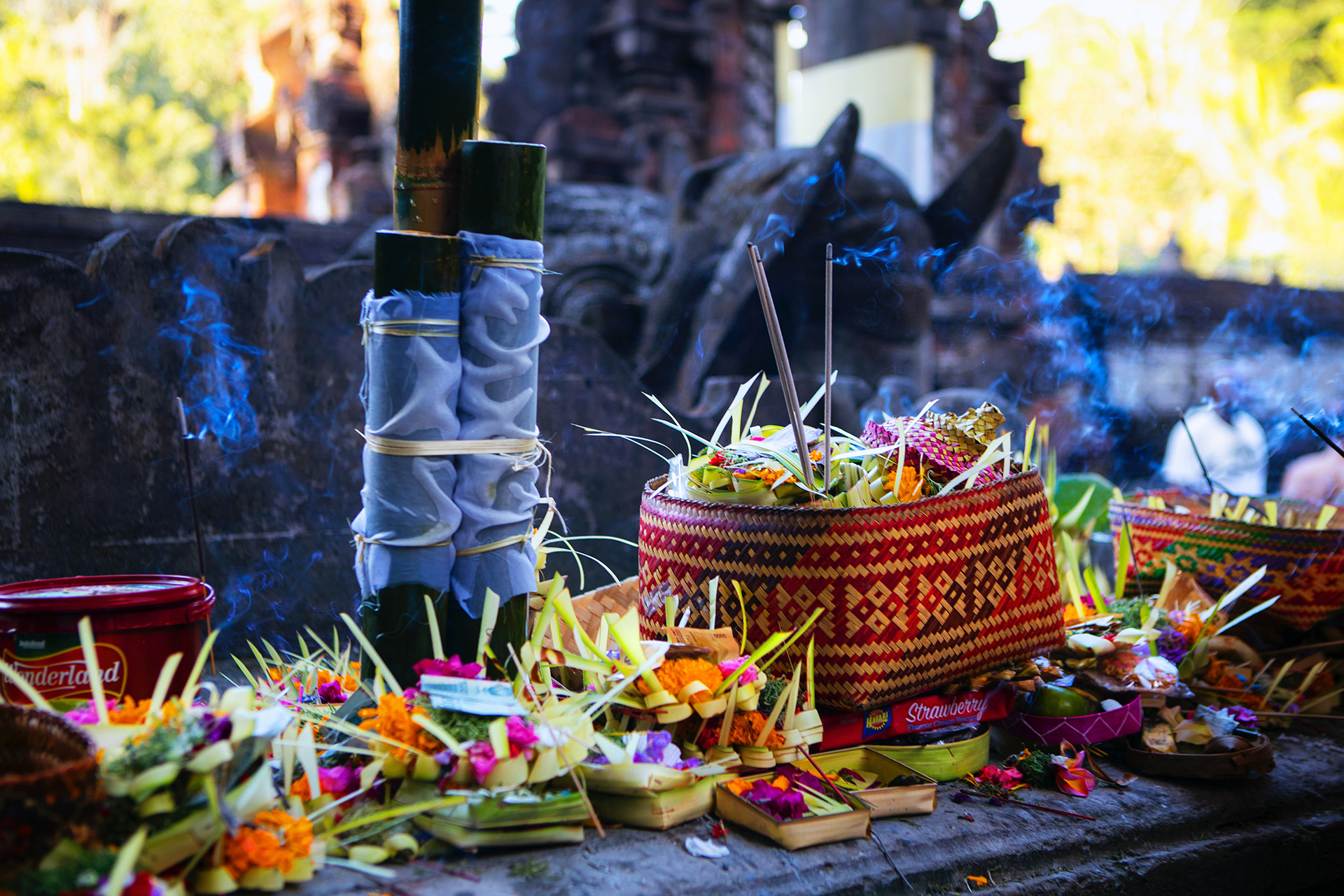
Delicious Balinese and Indonesian Cuisine
Trying authentic local foods can be an adventurous activity for some tourists, especially if you are a foodie. Bali is an island with very diverse culinary delights, influenced by many immigrants from other areas in Indonesia or even different countries from around the world. Creative fusion recipes born every second from many culinary experts and food enthusiasts. However, the original dishes cooked with authentic recipes that have been kept for generations never failed to win our hearts.
Nasi – Rice, the main ingredient
Rice is the basic food for ingredient for Indonesian dishes, including Bali, and yes, it is not uncommon, to eat rice three times a day. Beras is rice in its raw form and Nasi when it’s cooked. There are several different type of rice that are used for cooing. Mainly white rice Nasi Putih or red or brown rice Nasi Merah, yellow rice with tumeric powder Nasi Kuning. Rice steamed in coconut milk is called Nasi Uduk . Rice dishes are usually served with fish, chicken, pork or beef and a portion of vegetables.
Spicy Food
Indonesian food is generally not as spicy as maybe Thai-Food, but depending on the Chili being used (Sambal) you might want to start off easy. If you are not so accustomed to spicy food, don’t forget to say “tidak pedas” means not spicy.
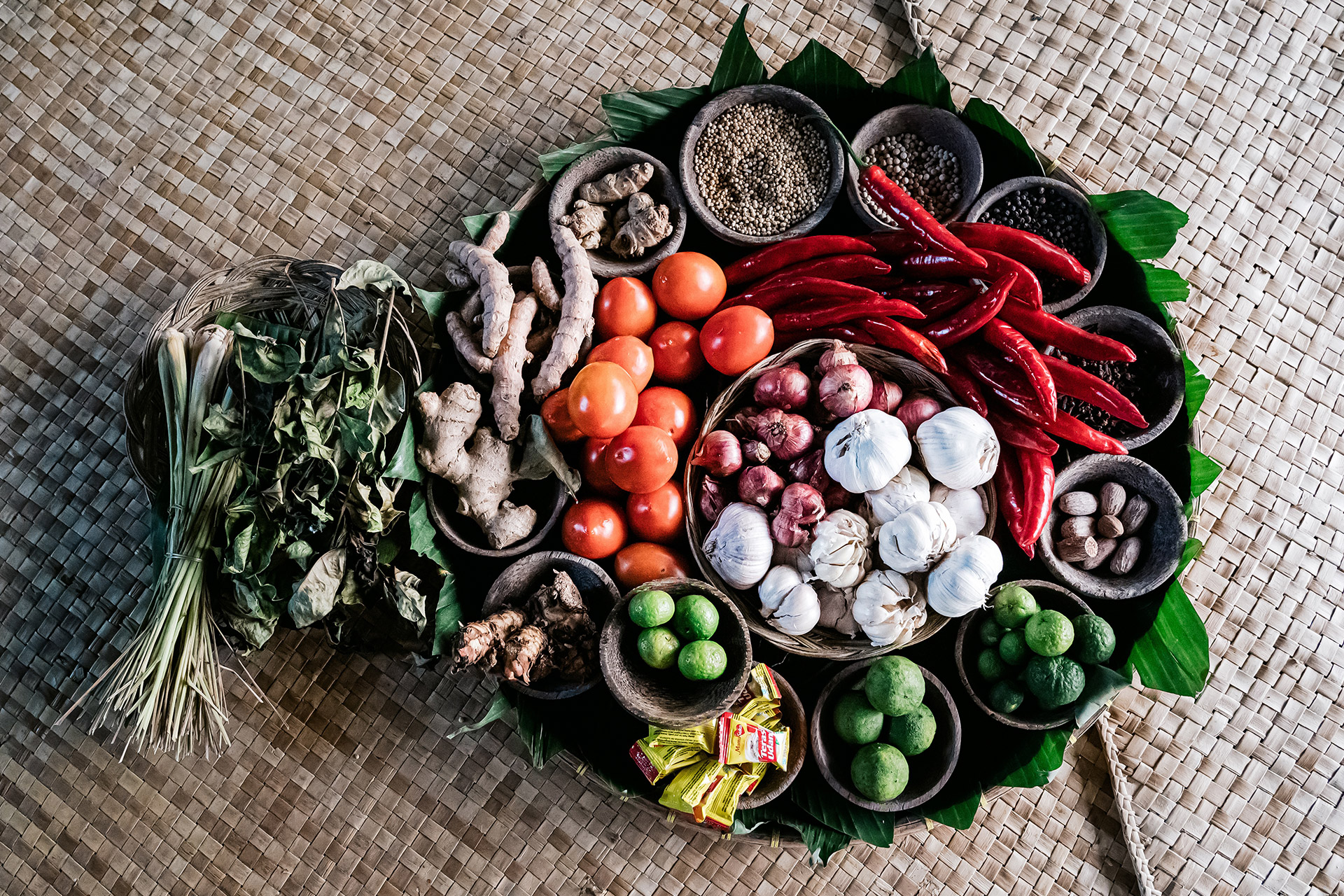
Here is a selection of the most common and most recommended dishes you must try during your holiday in Bali
Sambal
Sambal is a spicy condiment made of chilli as the main ingredients along with other seasonings like shrimp paste, garlic, ginger, shallot, scallion, palm sugar, and lime juice. Every island in Indonesia has its specific sambal, in Bali we have sambal matah and sambal be. Sambal matah is probably one of the most favourite sambal all over the country, it is almost similar to salsa but made of chillies, shallots, garlic, terasi (shrimp paste), lemongrasses, kaffir lime leaves, and other ingredients. Not like another sambal, matah doesn’t require all the ingredients to be mashed in the mortar; all ingredients only need to be finely sliced then mixed all together with a drench of hot vegetable oil and lime juice.
Ayam & Bebek Betutu | Chicken & Duck Betutu
Betutu is a richly spiced Balinese poultry dish. It is often called according to its main ingredients; Ayam betutu is chicken betutu, while Bebek betutu is the duck version. This traditional dish can be found on the menu of luxury hotels or restaurants to street food stalls in many roads of Bali. The term betutu is the Balinese word for a specific spice mixture (bumbu) which consist of shallots, garlic, turmeric, ginger, wild ginger, galangal, candlenuts, chilli peppers, shrimp paste, and peanuts all finely ground using mortar and pestle. The betutu spice paste is sauteed with coconut oil to release its aroma and applied to poultry, chicken or duck. Typical side dishes may include plecing kangkung, crispy-fried peanuts and sambal terasi.
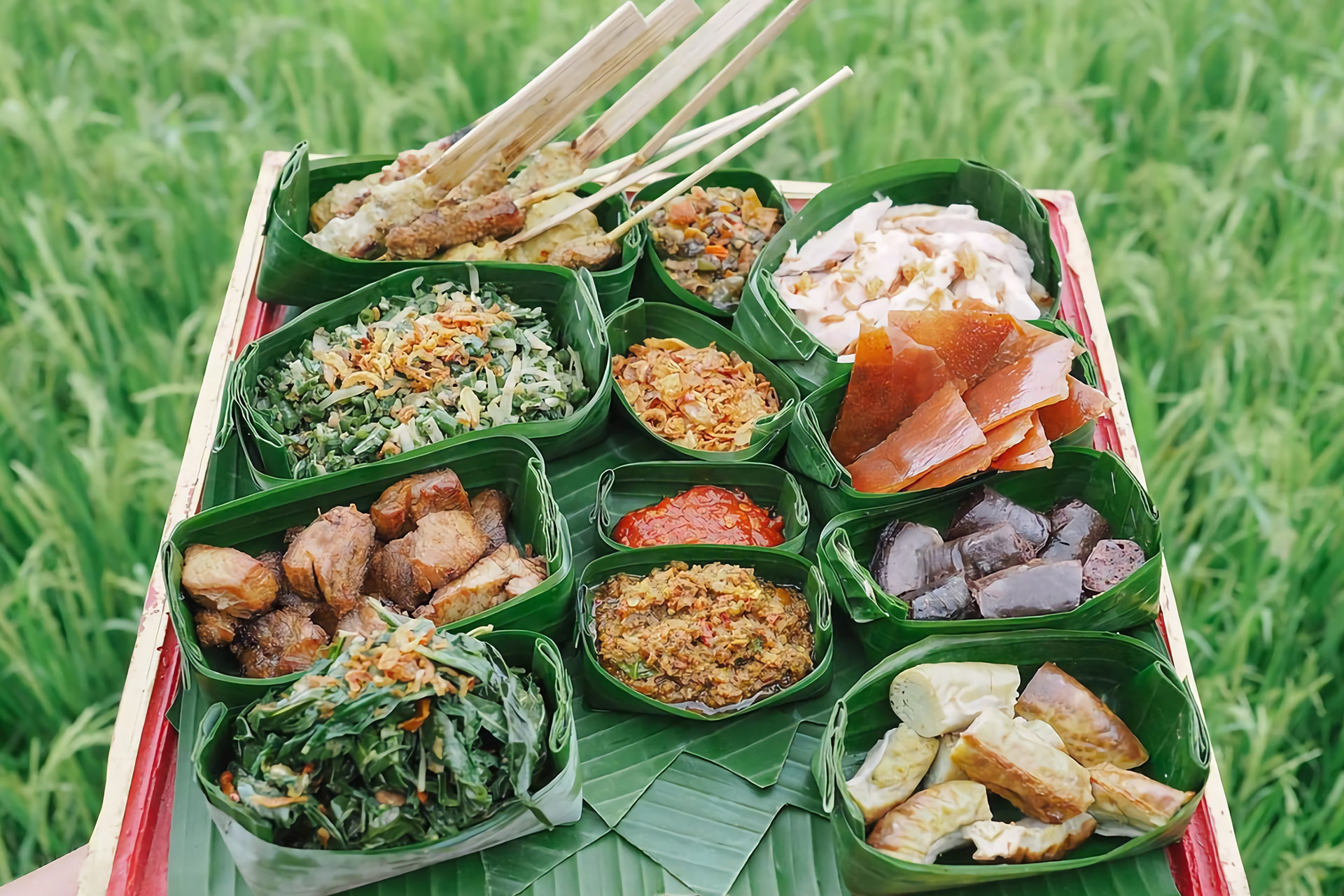
Babi Guling | Roasted Suckling Pig
Babi guling is one of the most iconic Bali classic dishes. It’s a roasted pork dish, commonly served with rice, pork satay, crackling pork skin, shredded vegetables that have been well seasoned with many spices. In the past, this dish only served during special occasion like weddings, funerals, baby’s third-month blessing and also tooth filing ceremony. But today we can see many warung and restaurants scattered throughout the island specialise in selling this roast suckling pig. You don’t have to wait for a special event to enjoy this culinary delight.
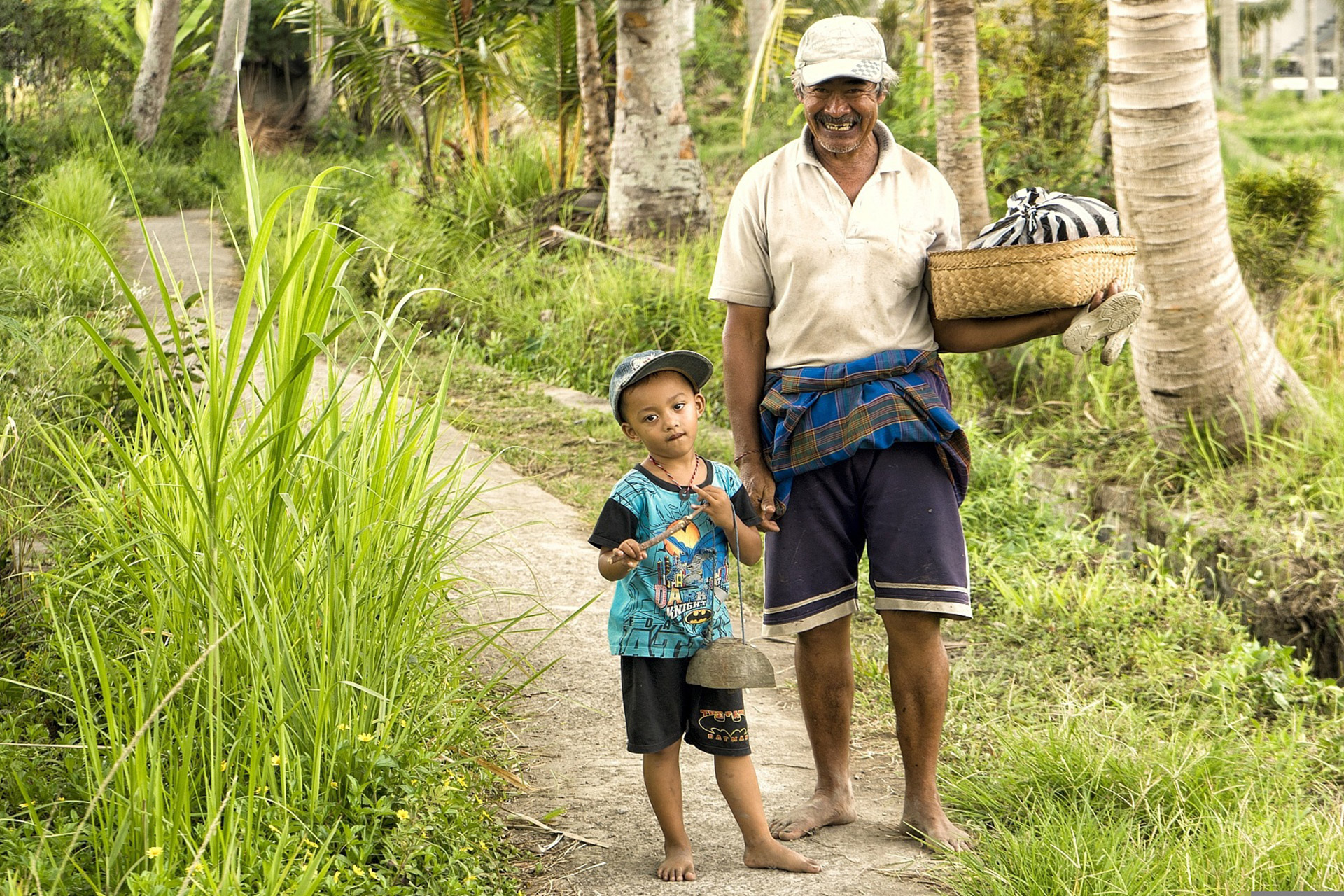
Sate | Satay
Satay is a favourite dish of seasoned, skewered and grilled meat, poultry or fish, served with a sauce. This type of meal is very easy to be found in many south-east Asia countries. Commonly it is served with peanut sauce, sweet soy sauce or spicy sauce. In Bali, there’s a unique satay made of minced fish, pork, chicken or beef which wrapped around in a flat bamboo sticks or lemongrass stalks. This satay is called Sate Lilit, considered as one of the most favourites satay in the island. The authentic Balinese sate lilit is very rich in “bumbu” or seasonings, a mixture of spices and herbs. It is ranging from lime leaves to coconut milk, garlic, shallots, blue galangal, coriander, lesser galangal, turmeric and chilli pepper.
Nasi Campur
Nasi campur is a combo, complete dish consists carbs from a portion of steamed rice, served together with couple proteins from egg, chicken, pork, beef or fish. Fibres from small portions of sauteed vegetables, spicy condiments (sambal) and crackers. Vegetarians or vegans still can enjoy this special dish by replacing the proteins with Tempeh, Tahu (Tofu) and Perkedel (seasoned potato fritter)
Lawar
Lawar is arguably the most traditional dish in Bali. Every village has its version of this delicious Balinese salad. Commonly it consists of green bean, vegetable oil, kaffir lime leaves, coconut milk, palm sugar, fresh grated coconut, and fried shallots, all mixed. Lawar is named according to its additional protein ingredients; for example, lawar with chicken is called lawar ayam, lawar mixed with pork is called lawar babi (pork lawar). A vegetarian lawar which uses young jackfruit is called lawar nangka. Some types of lawar might contain the blood of butchered animal (usually pork or chicken blood) mixed with spices to add taste. Because of its abundant protein and fat content acquired from coconut milk and perhaps blood, lawar spoils easily and it should be consumed immediately; it is usually suitable for half a day before going bad.
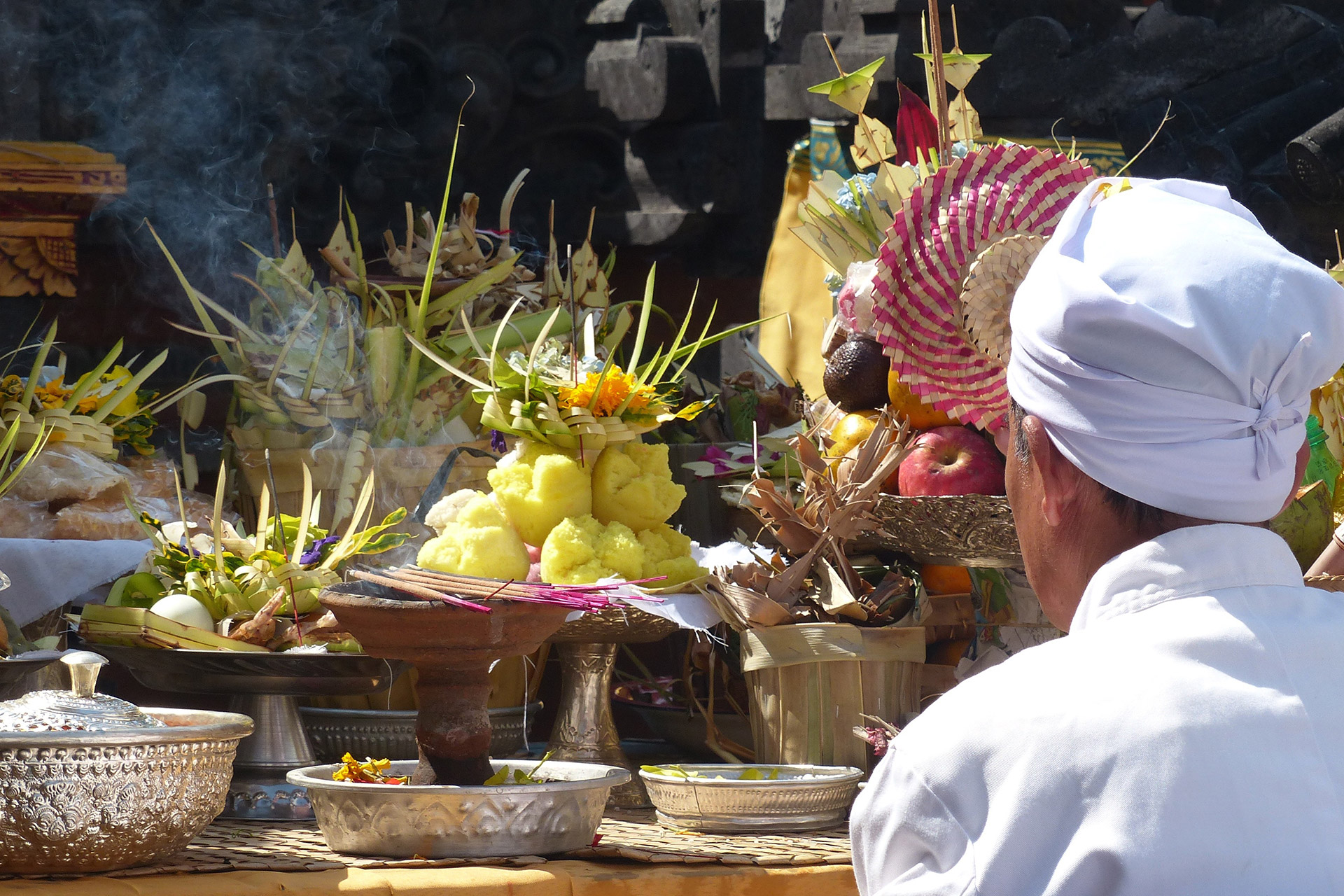
Nasi Goreng
Nasi goreng or fried rice is everyone’s’ favourite. It is made from simple ingredients and spices like garlic, shallots, salt and peppers. Every region in Indonesia, has their specific key-ingredients added to this dish, for example, Jakarta people will add sweet soy sauce and Surabaya people will add extra tomato sauce/ ketchup. However, it’ll be perfect to be served with slices of fried chicken, sunny side up and crunchy crackers.
Es Daluman
Es Daluman is an excellent cold dessert consists of grass jelly, palm sugar syrup and coconut milk. This drink is perfect for cooling down your body during hot summer days in Bali.
Jaje Bali
Jaje Bali is a sweet snack consist of many colourful cake elements made from glutinous flour, sprinkle of grated coconut and drizzled of palm sugar syrup. You can find this dish in the traditional market or local villages.
Gado Gado
Even though not originally from Bali, but this dish is definitely must try when you’re visiting Bali. This dish is technically like a salad dish, diced of tempeh and tofu, rice cakes, various raw and steamed vegetables topped with peanut sauce and crunchy crackers.
Thien Xuan Travel
Park 2, 208 Nguyen Huu Canh, Ward 22,
Binh Thanh District, Ho Chi Minh City, Vietnam
booking@thienxuantravel.com or gd@thienxuantravel.com
Hotline: +84 888 890 898
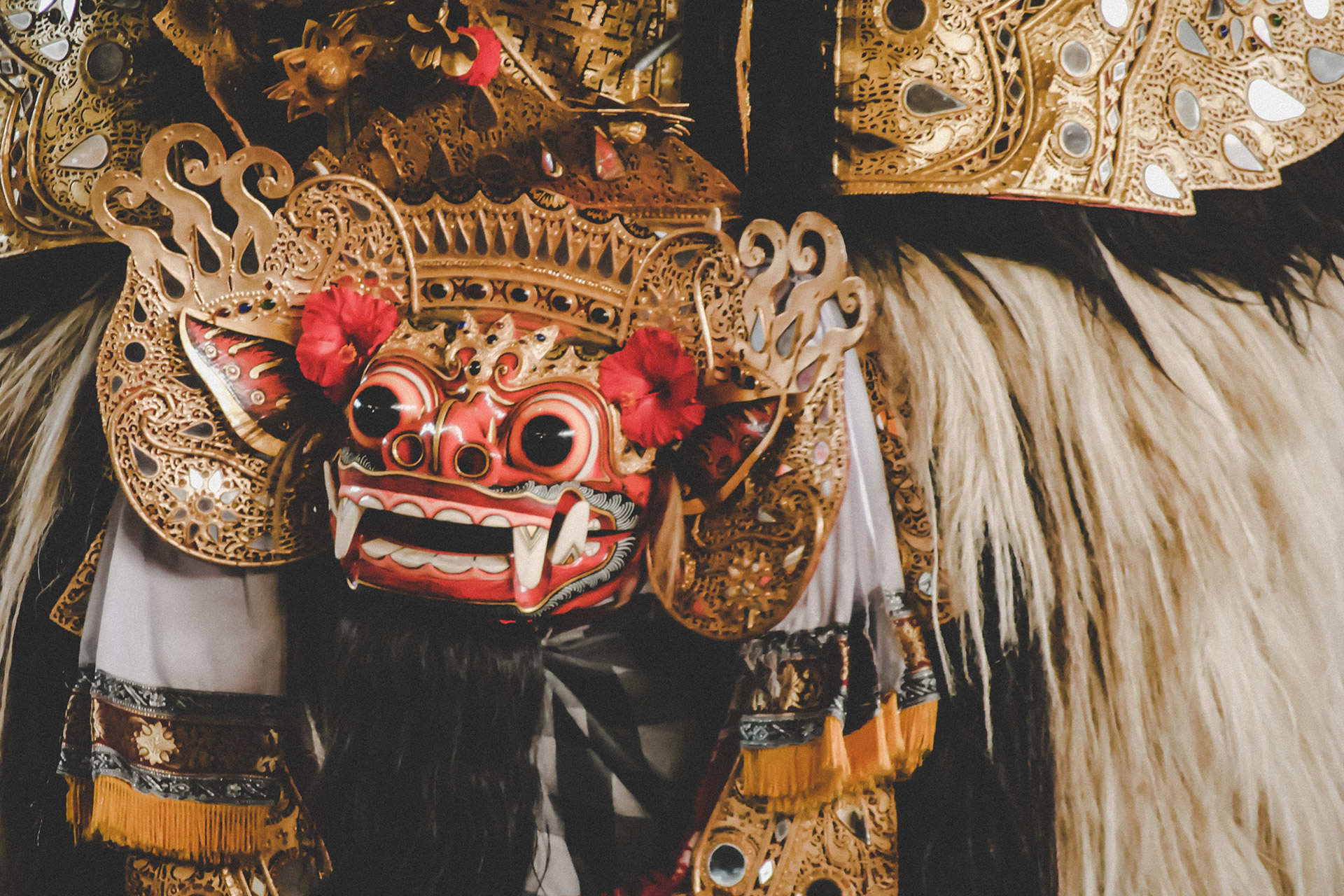
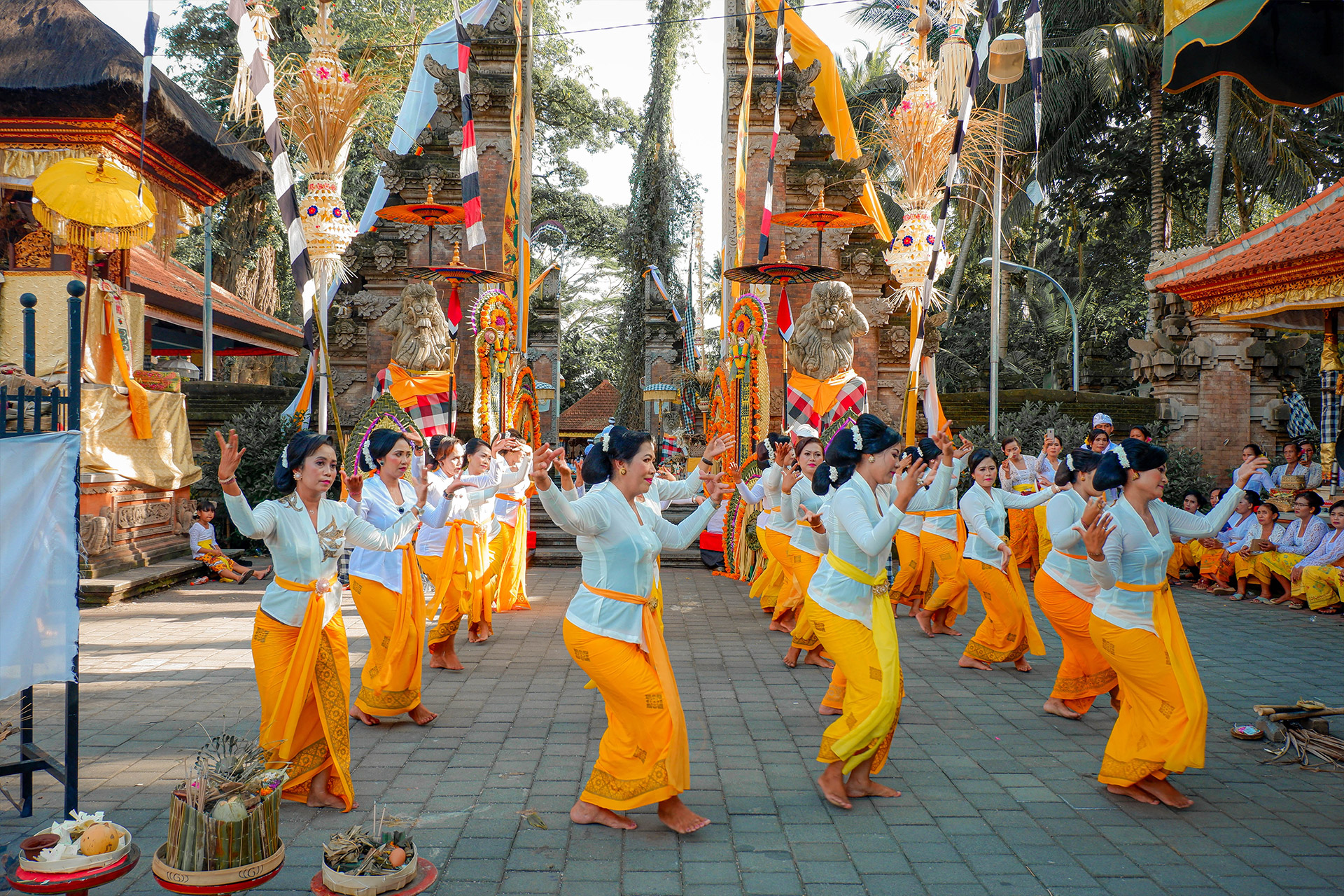

Live your travel dreams!
Thien Xuan Travel
Park 2, 208 Nguyen Huu Canh, Ward 22,
Binh Thanh District, Ho Chi Minh City, Vietnam
booking@thienxuantravel.com or gd@thienxuantravel.com
Hotline: +84 888 890 898

